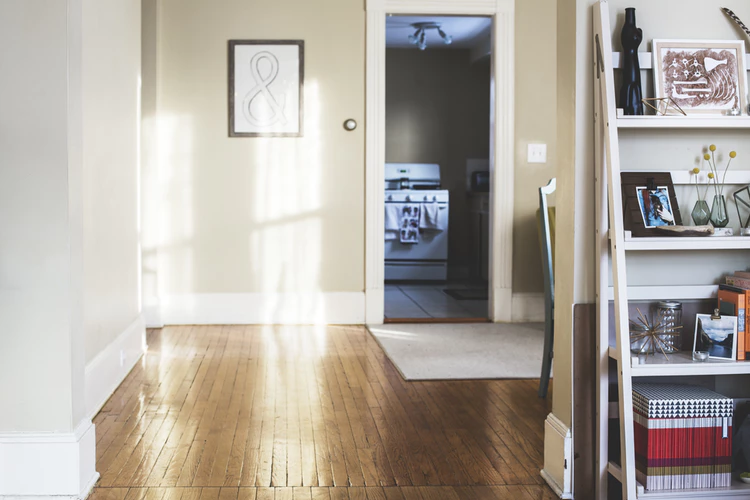Rental properties come in all shapes and sizes. As property managers and landlords, we’re always trying to keep a potential tenant’s tastes in mind. What kind of rental style has the most appeal? What do tenants need to feel at home? What do you need to add or remove so it performs well on the open market?
A big part of this equation is a question property managers and landlords have been asking for years — to furnish or not to furnish? The short answer is that there are benefits to both. Depending on several factors, your tenant may be completely content with one or the other. In that sense, there’s no wrong answer.
With that said, it’s an excellent time to take a deeper dive into those essential benefits and asses some pros and cons. So, without further ado, let’s run down a few keys to each rental style for a more informed decision when the time comes.
Furnished: You Can Charge More
Since your goal is to make money off apartments or houses for rent, this is a big one. A well-furnished property rents for 25-75% more than an unfurnished property. The stats don’t lie, there’s immediate value when it comes to a furnished rental. Equipped with the right tenant, you’ll easily make more money than your unfurnished rental counterparts.
This can be a double-edged sword, though. While you may attract the right tenant once, it may be more challenging to find them on a consistent and long-term basis. Since you’re charging quite a bit more, people may feel inclined to buy their own furniture at a lower price and choose an unfurnished rental that costs less.
Unfurnished: Tenants Can Make It Their Own
This is probably the most significant benefit on the unfurnished side of things. Not only do you not have to spend extra money to furnish your rental, but you’re also letting your tenant create their own space.
Think about it this way: they’ve already taken the time to furnish the rental the way they like, so why wouldn’t they stay there for a while? Furnished rental properties are an excellent option for temporary tenants such as students — but it’s not the ideal option for long-term tenants. They want a place to call their own that’s tailored to their specific style preferences.
Furnished: Tenants Treat Your Space Better
This one is a bit of a dice roll, but it’s true — generally speaking. When tenants move into a furnished rental, they have an urge to take care of it better. They won’t be as reckless with the furniture you’ve provided them and respect the fact that they’ll have to pay for things they destroy.
If they already have that mentality when it comes to your furniture, it’s likely to translate into the rental as a whole. They’ll be more careful with all aspects of the space. It’s a better way to keep tenants accountable since they understand the furniture isn’t their own.
Unfurnished: You Don’t Have To Worry About Your Stuff
This is the Ying to the last point’s Yang. Unfortunately, there’s still a solid chance that you’ll land on a tenant who doesn’t really care about your furniture. That’s just how the game is played. If you want to avoid situations like this, an unfurnished rental takes all that extra stress out of the picture entirely.
If someone leaves stains on a couch or messes up the springs on a bed in an unfurnished rental — it’s not your furniture. Since there’s already more than enough to worry about as a property manager or landlord, why would you add more to your plate?
Once you’ve decided what rental style works best for you, get in touch with us by clicking the email button at the top of this page. Ask our property managers how they can help you with any of your rental properties.

